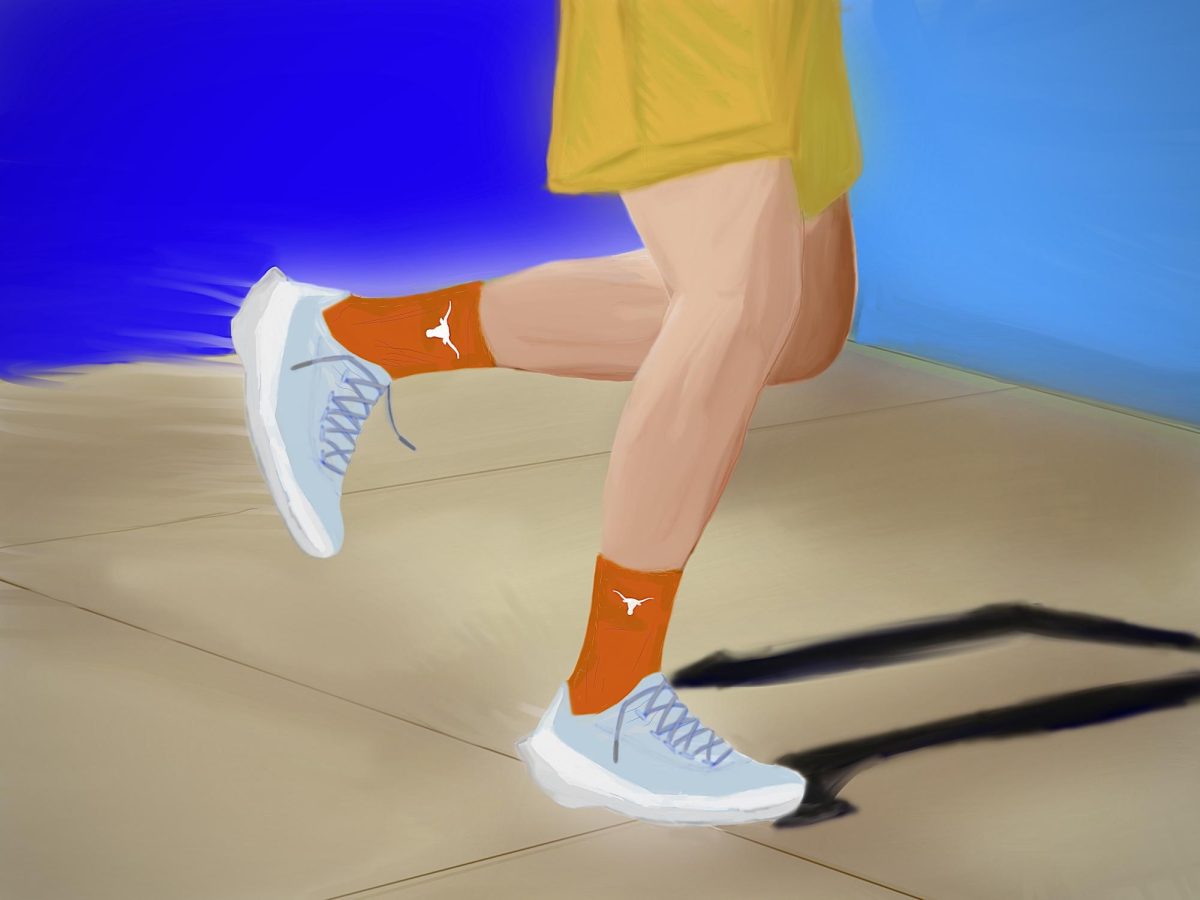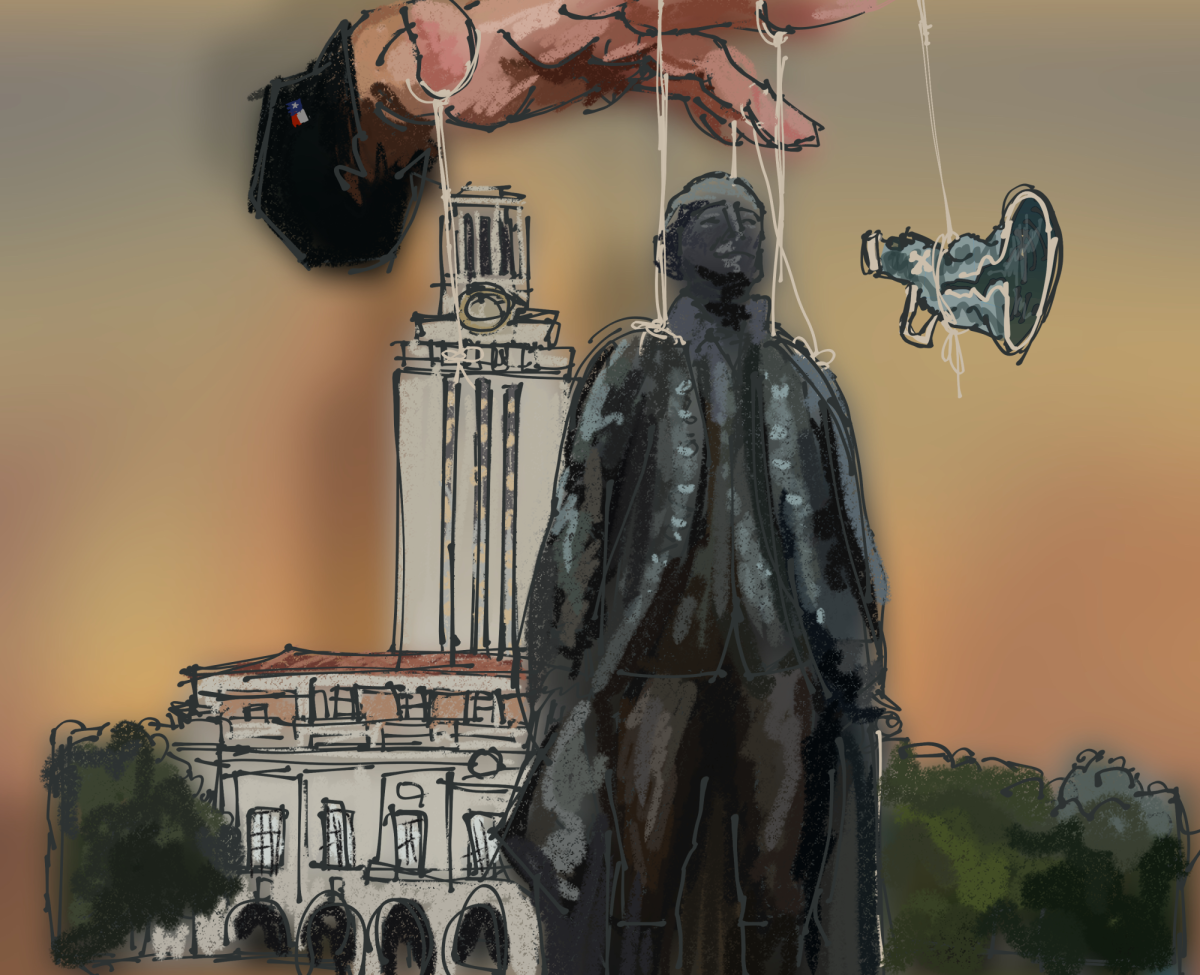You jump out of bed in a panic to the sound of your phone blaring your 7:30 AM alarm. However, when you look at the actual time, it’s closer to 9:00 AM — the time of your biology class. You quickly get ready and rush out the door, fully prepared to scooter to class. That’s when it hits you, you won’t have time to go to the gym today. You either sacrifice the activity and take a Lime or risk being late and walking to class.
Many students face the dilemma of being active or being on time. Students need to take an active part in their health by incorporating exercise into their daily schedule in any way they can, whether it be carving out an hour to go to the gym or spending an extra 20 minutes walking to class rather than bussing or scootering.
A 2013 report by the NIH states that students who are physically active throughout their schooling years improved their academic achievements by an average of 6%, while the students who don’t partake in fitness activities exhibited a 1% decrease. Therefore, students should develop an optimal balance between exercise and academics to create an improved lifestyle.
“There is numerous research that has shown the connection between being physically active and academic performance,” said Ana Fantini, associate professor of kinesiology and health education.
At UT, with over 200 buildings spanning across 431 acres, students who choose to walk are often burning over 300 calories a day, just from attending their classes.
“Some students, depending on how many classes they have and the distance of the classes on campus, they’re walking two to three miles a day, which is wonderful,” Fantini said.
In addition to walking, there are other easy and engaging ways to prioritize fitness. From intramural and recreational sports to newly implemented Pelotons in Gregory Gym, UT has an abundance of resources to aid students on their fitness journey.
“One thing that I was really surprised about when I started here is how involved the organizations around campus are in … some type of physical activity,” Fantini said.
For most students, setting a goal is the easy part, but actively working towards that goal becomes difficult when external obligations begin to pile up. To limit this, it’s vital to have a support system or plan set in place. The Longhorn Run is an easy way for students to get active and stick to a training regimen. With 14 committee members and over 8,000 members participating, Longhorn Run is one of UT’s largest annual physical exercise activities. Students have the option to do a 5K or 10K with their fellow Longhorns.
“It helps to have a partner doing it with you and hold you accountable,” said Aryan Chintalapally, a mechanical engineering freshman preparing for this year’s Longhorn Run. “When I come home, one of us will say ‘We gotta run today.’ Then the other motivation is it kind of gives you a break with all the stuff that’s going on.”
College students face incredibly busy schedules, especially in a university as ambitious as UT, so they often put exercise on the back burner. Students must prioritize exercise and physical activity while understanding the negative implications of staying stagnant on a scooter or a bus as opposed to being constantly in motion, even when they’re running late.
Anaparthy is a public health and Plan II freshman from Frisco, Texas.














